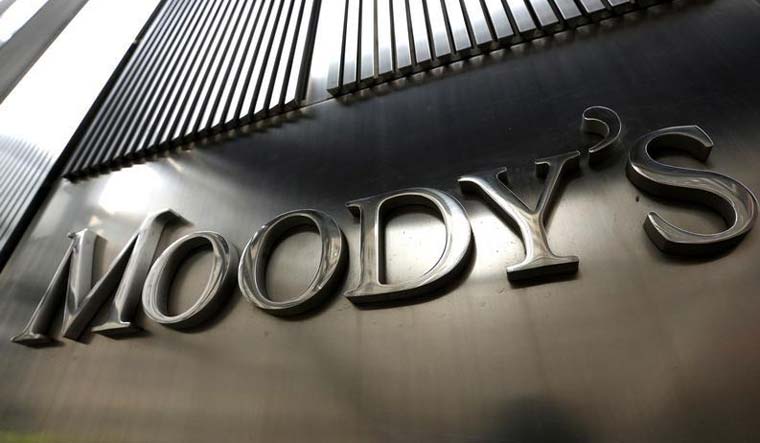On Monday, Moody’s Investors Service downgraded India’s sovereign rating to Baa3—its lowest investment-grade rating—from Baa2. Moody’s also downgraded India’s local-currency senior unsecured rating to Baa3, and the short-term local currency rating to P-3 from P-2, noting that the outlook remains negative.
"The decision to downgrade India's ratings reflects Moody's view that the country's policy-making institutions will be challenged in enacting and implementing policies which effectively mitigate the risks of a sustained period of relatively low growth, significant further deterioration in the general government fiscal position and stress in the financial sector," Moody’s said in a statement.
The Baa3 rating is the lowest rating before those that are deemed ‘speculative’ or ‘junk’.
“The negative outlook reflects dominant, mutually-reinforcing, downside risks from deeper stresses in the economy and financial system that could lead to a more severe and prolonged erosion in fiscal strength than Moody's currently projects,” the statement said.
Moody's also lowered India's long-term foreign-currency bond and bank deposit ceilings to Baa2 and Baa3, from Baa1 and Baa2, respectively. "The short-term foreign-currency bond ceiling remains unchanged at Prime-2, and the short-term foreign-currency bank deposit ceiling was lowered to Prime-3 from Prime-2. The long-term local currency bond and bank deposit ceilings were lowered to A2 from A1.”
India’s rating was lifted from Baa3 to Baa2 in 2017. In November 2019, amid the mounting economic slowdown, Moody’s chose to maintain the Baa2 rating but revised the outlook to negative.
The note added that Real GDP growth had declined from a high of 8.3 per cent in FY17 to 4.2 per cent in FY19, adding that Real GDP would contract by 4 per cent in the FY20 due to the shock from the coronavirus and lockdown. However, it predicted 8.7 per cent growth in FY21 and growth close to 6 per cent after that.
Moody’s predicted materially lower growth rates over the long term than in past, attributing this to “persistent weak private sector investment, tepid job creation and an impaired financial system.”
Moody’s noted the government’s reforms, taking a cautious approach, say9ing that if the objectives announced are achieved, it would be credit-positive, but highlights the challenges faced in the implementation of previous reforms to suggest that the benefits to medium-term growth “will likely be less than intended”.
The note added that India’s debt burder is likely to reach 84 per cent of GDP in the 2020 fiscal year, after being at 72 per cent in the 2019 fiscal year—noting that this was 30 percentage points larger than the Baa median.
Countries with the same Baa3 rating as India include Italy, Portugal and Russia.
On Monday, the Union Cabinet met and later announced a series of additional relief measures for farmers, street vendors and MSMEs.


